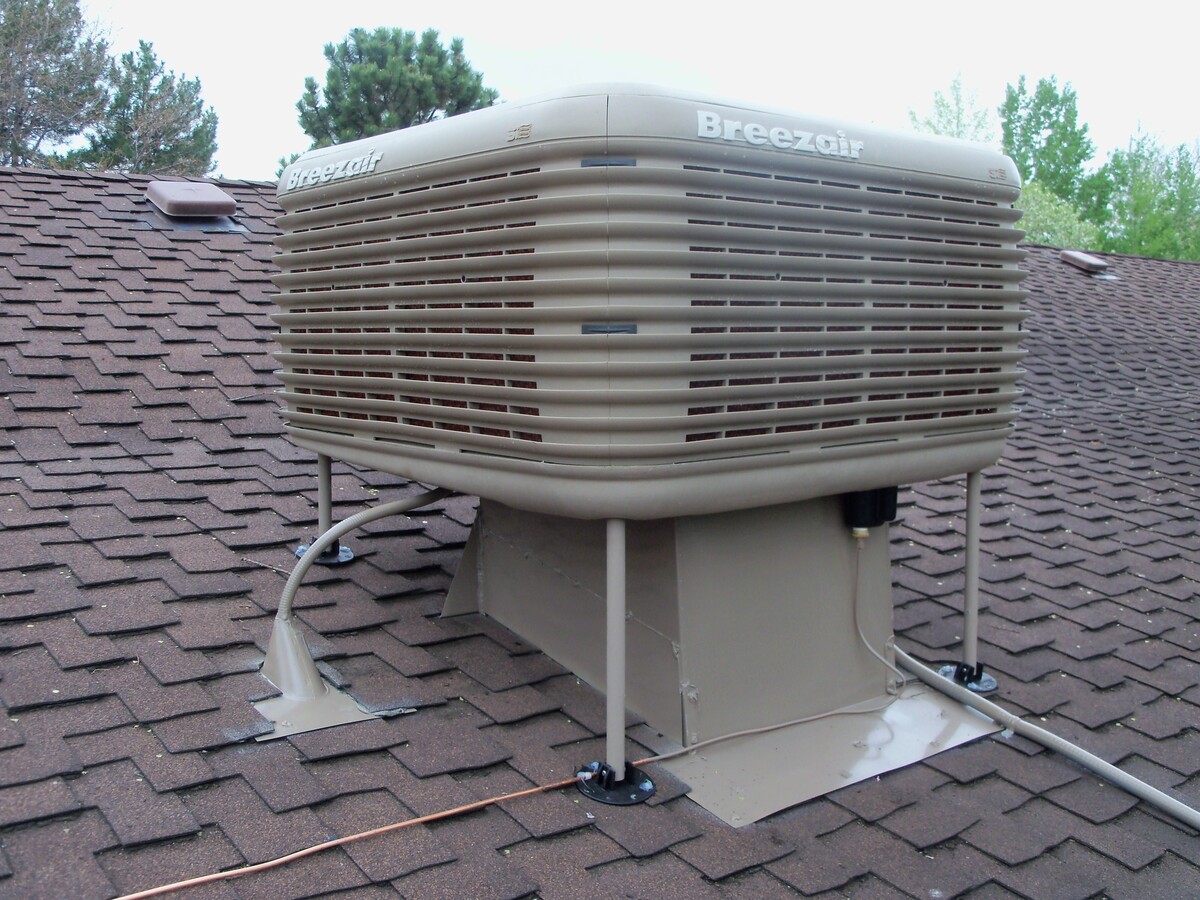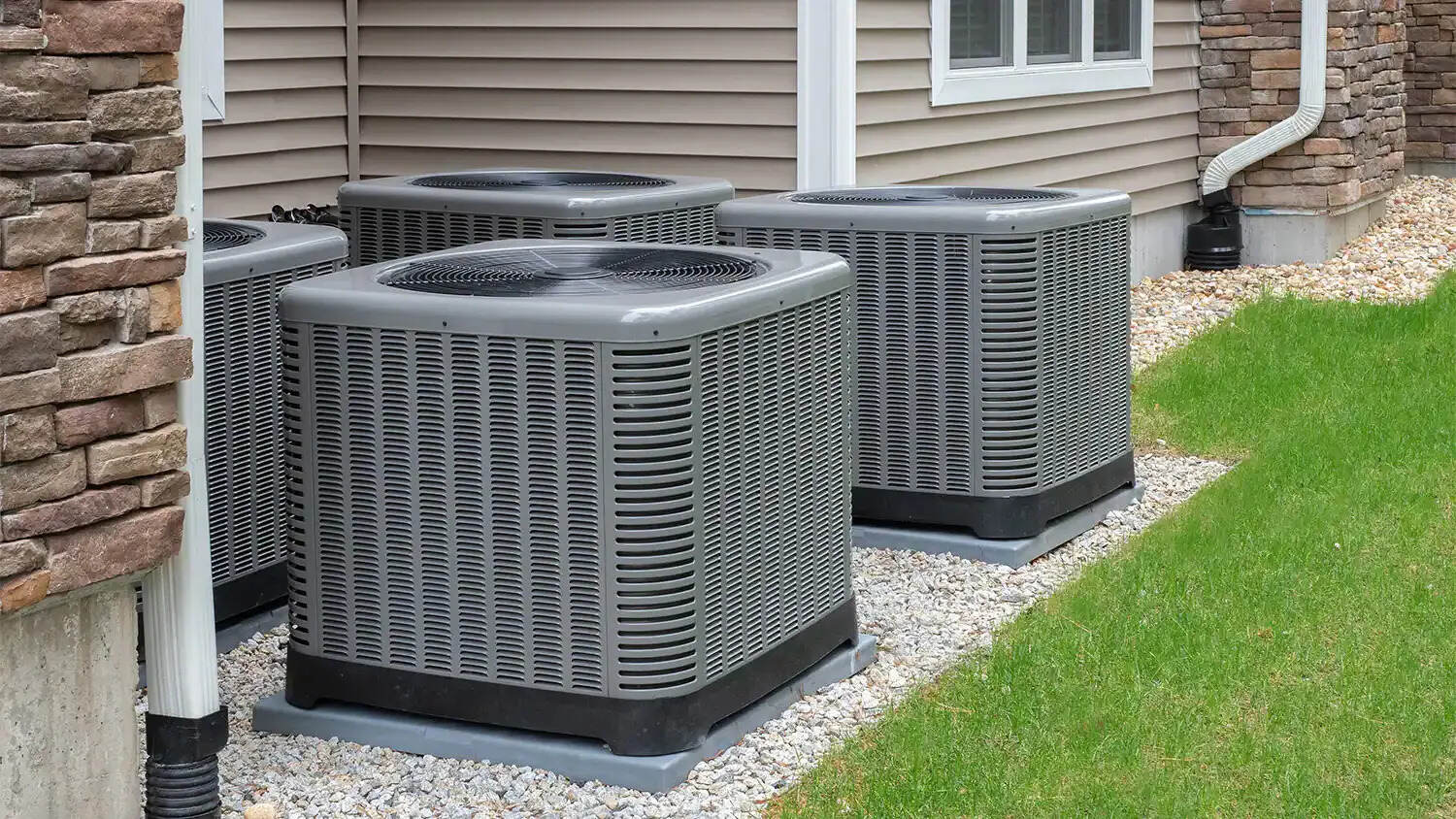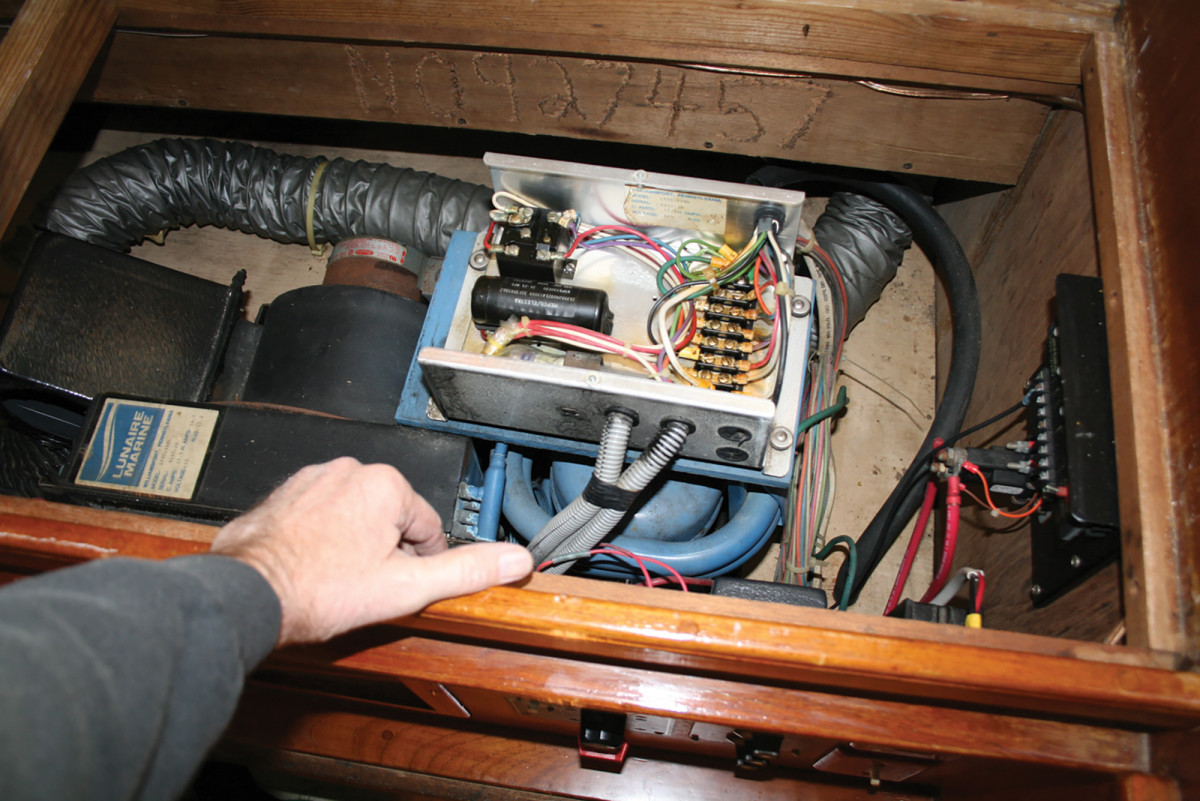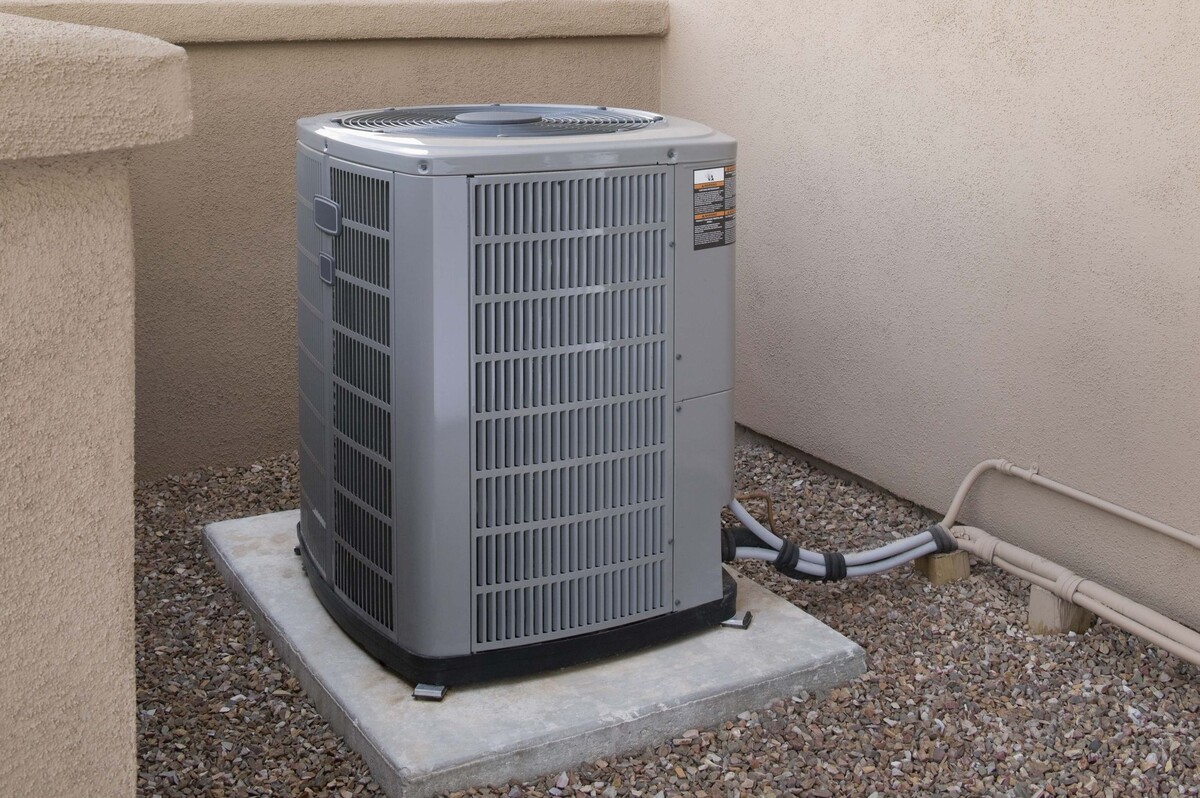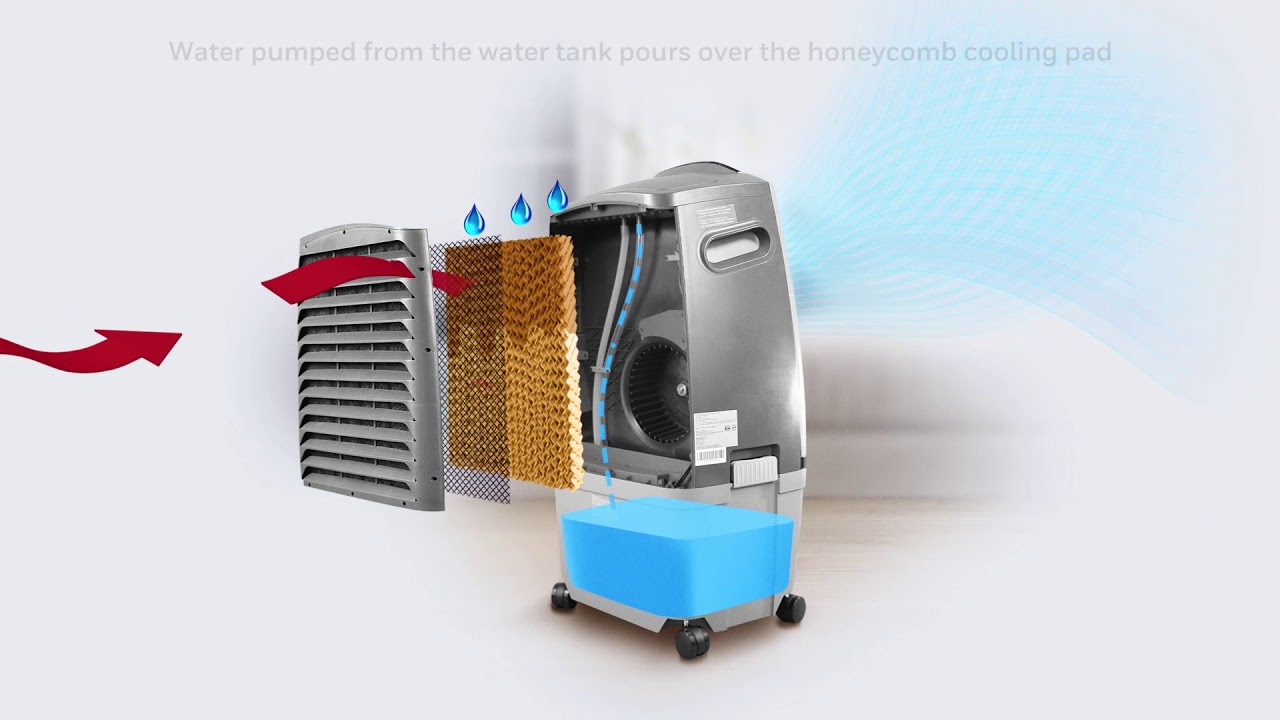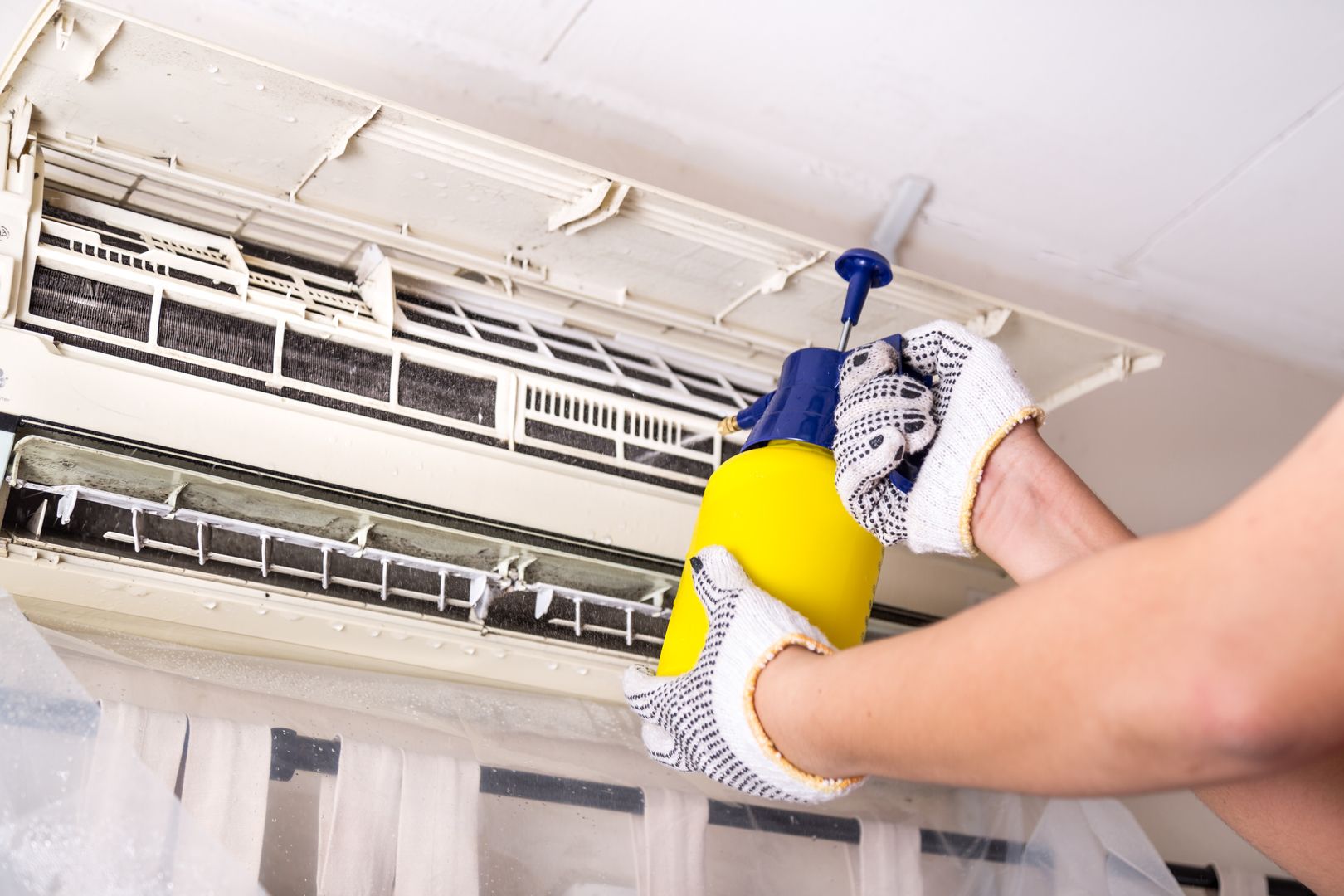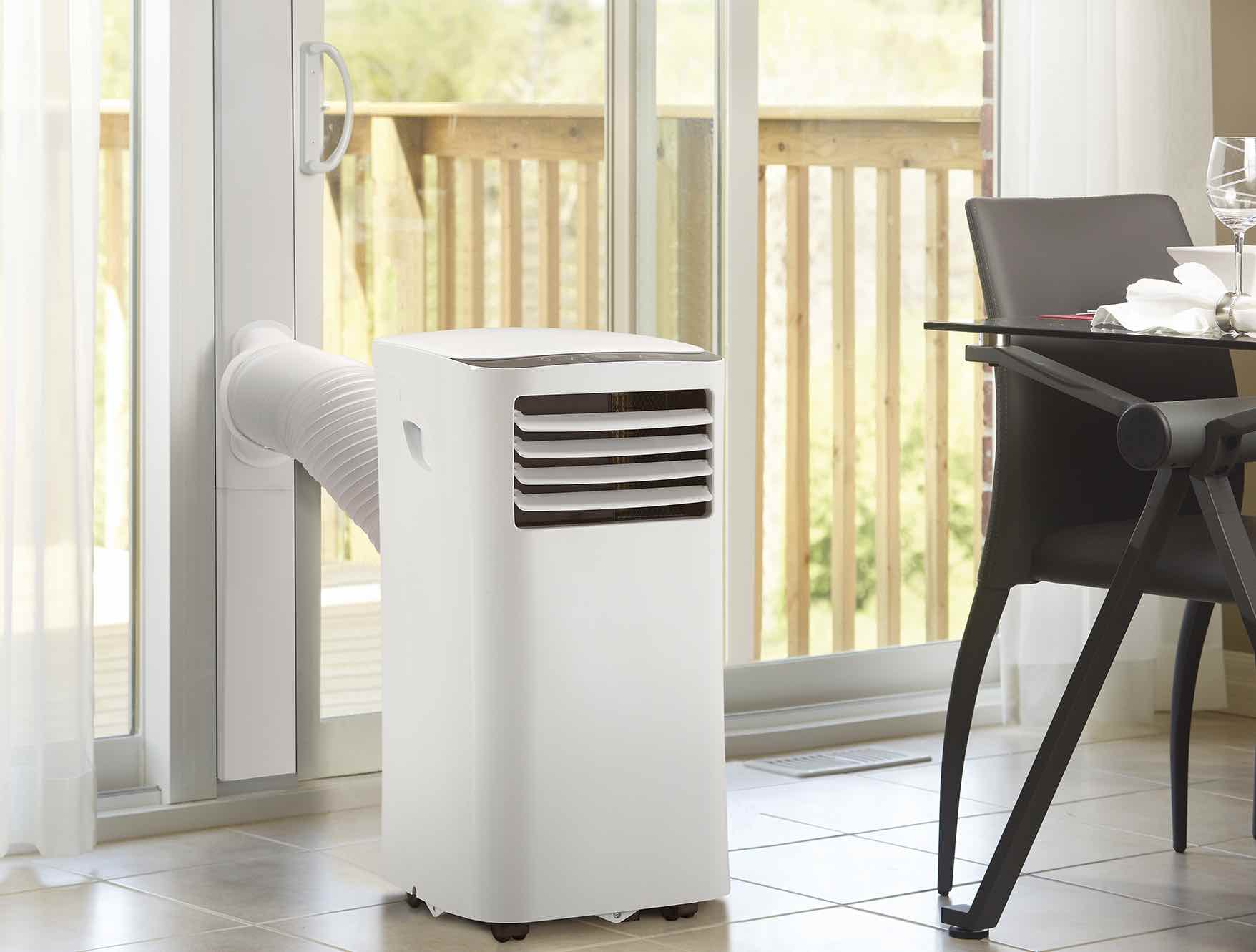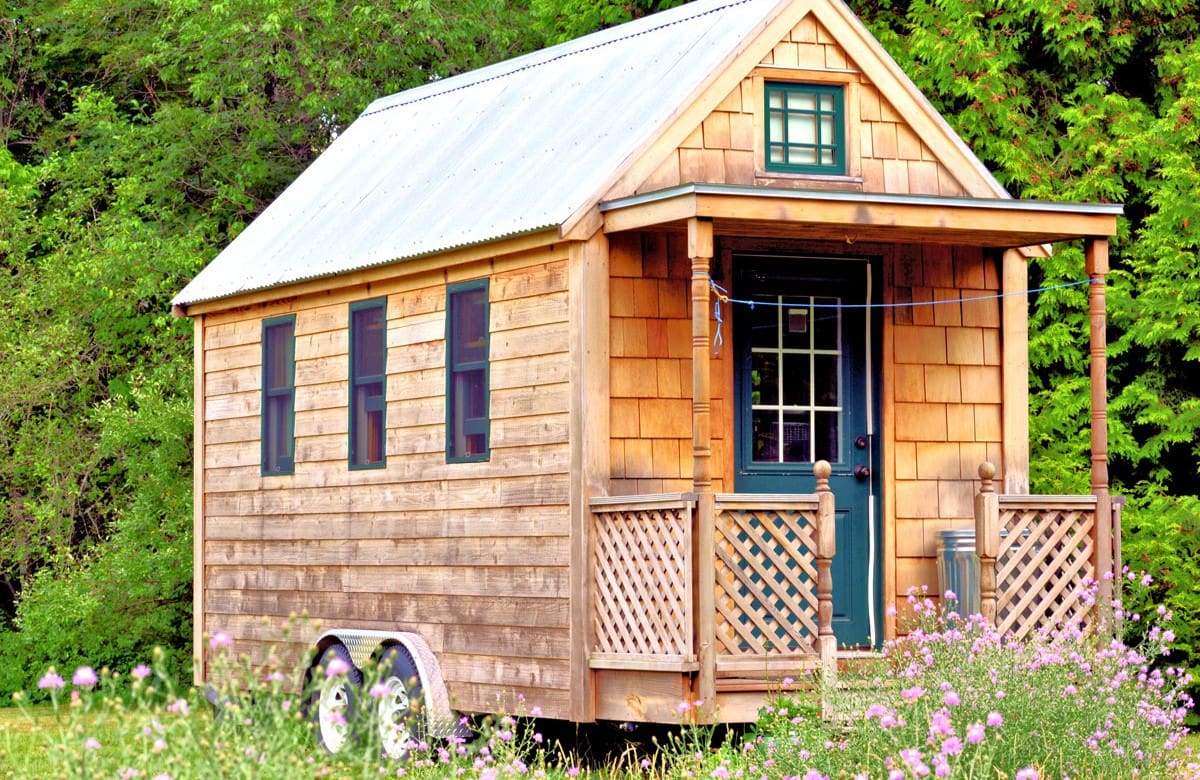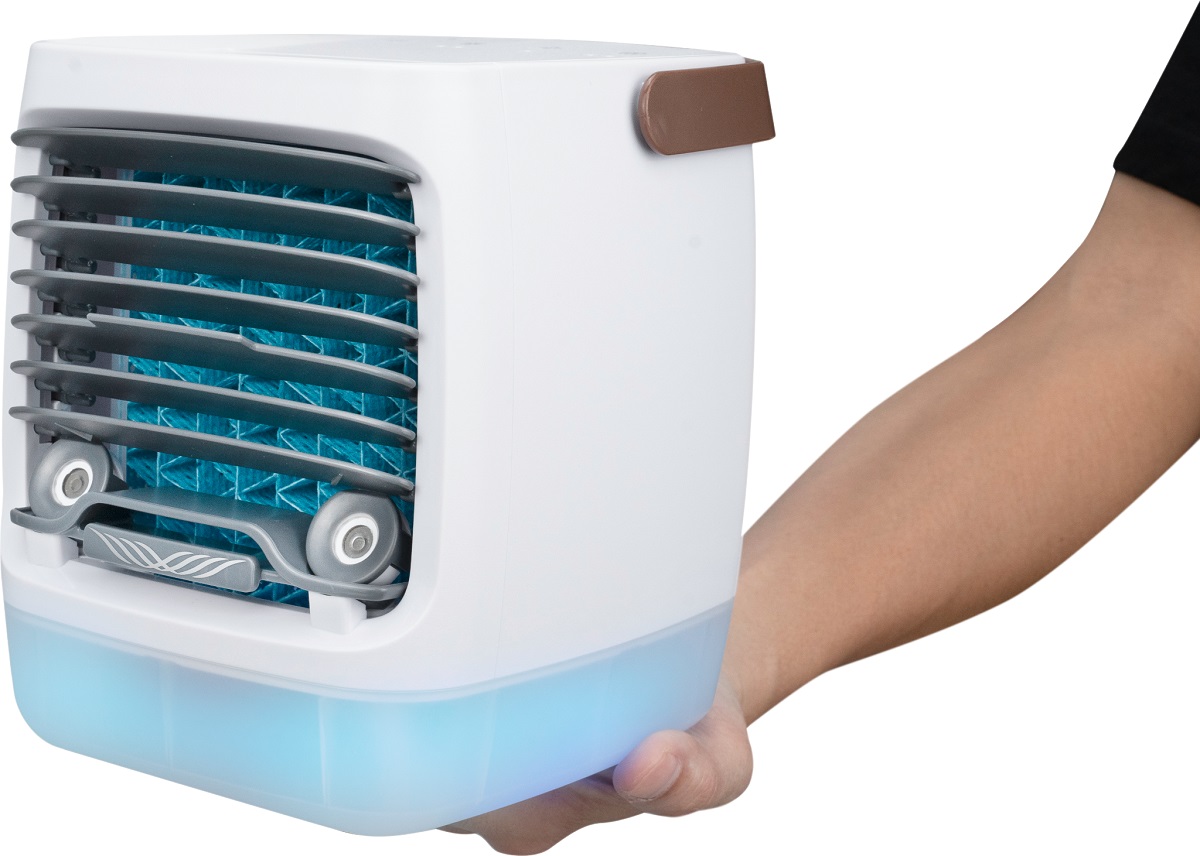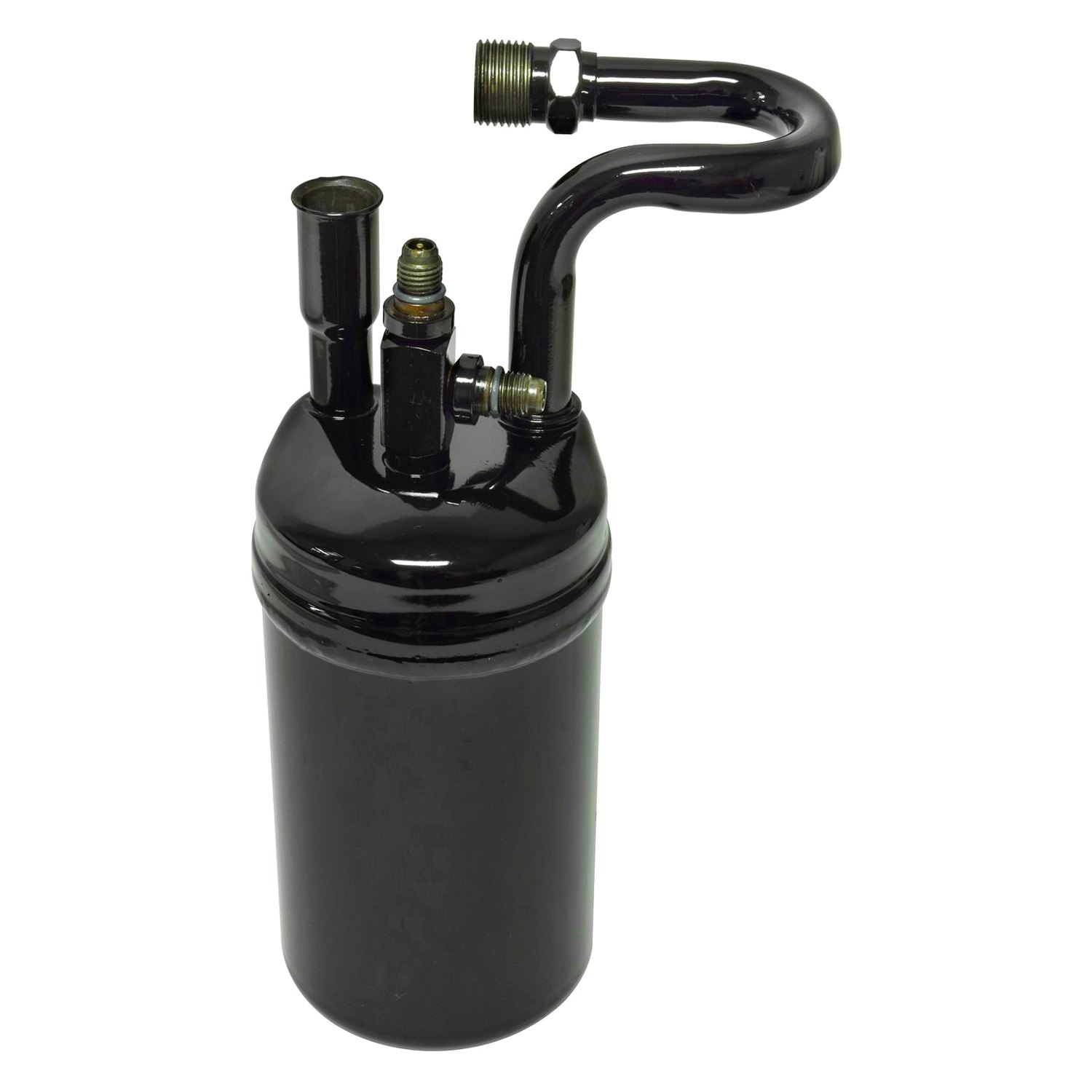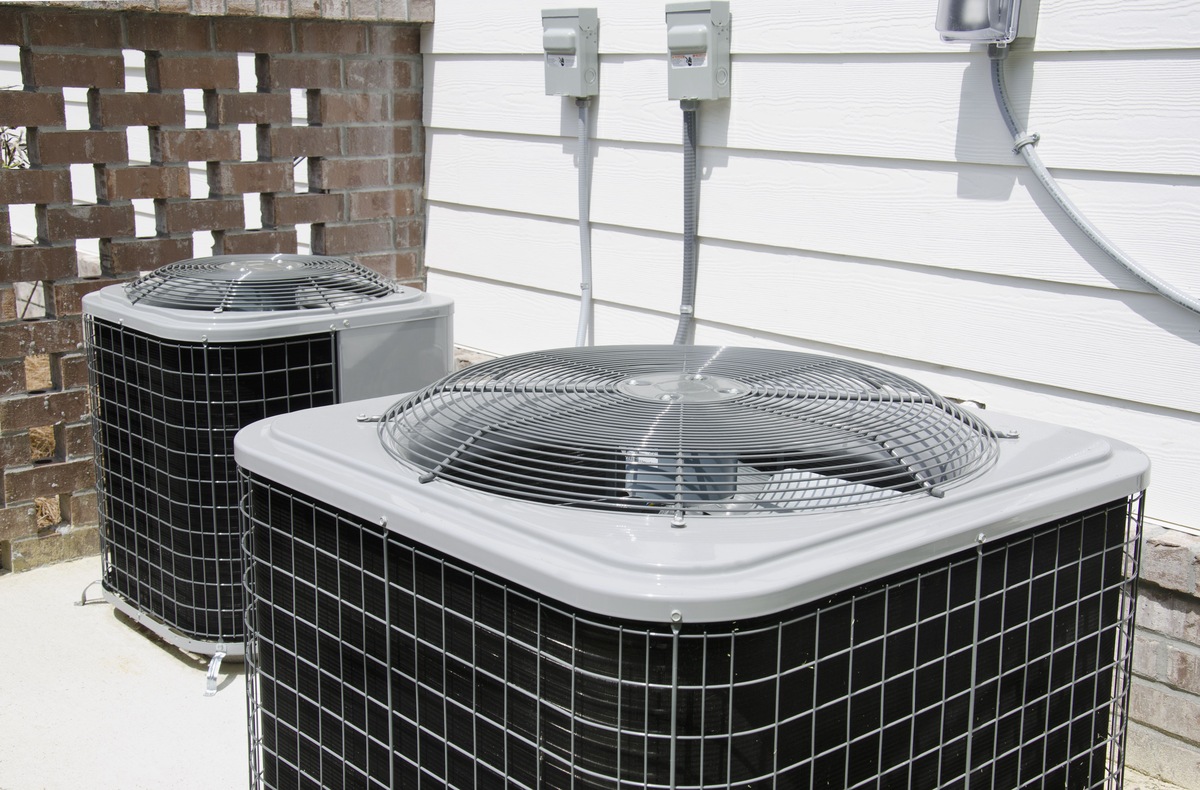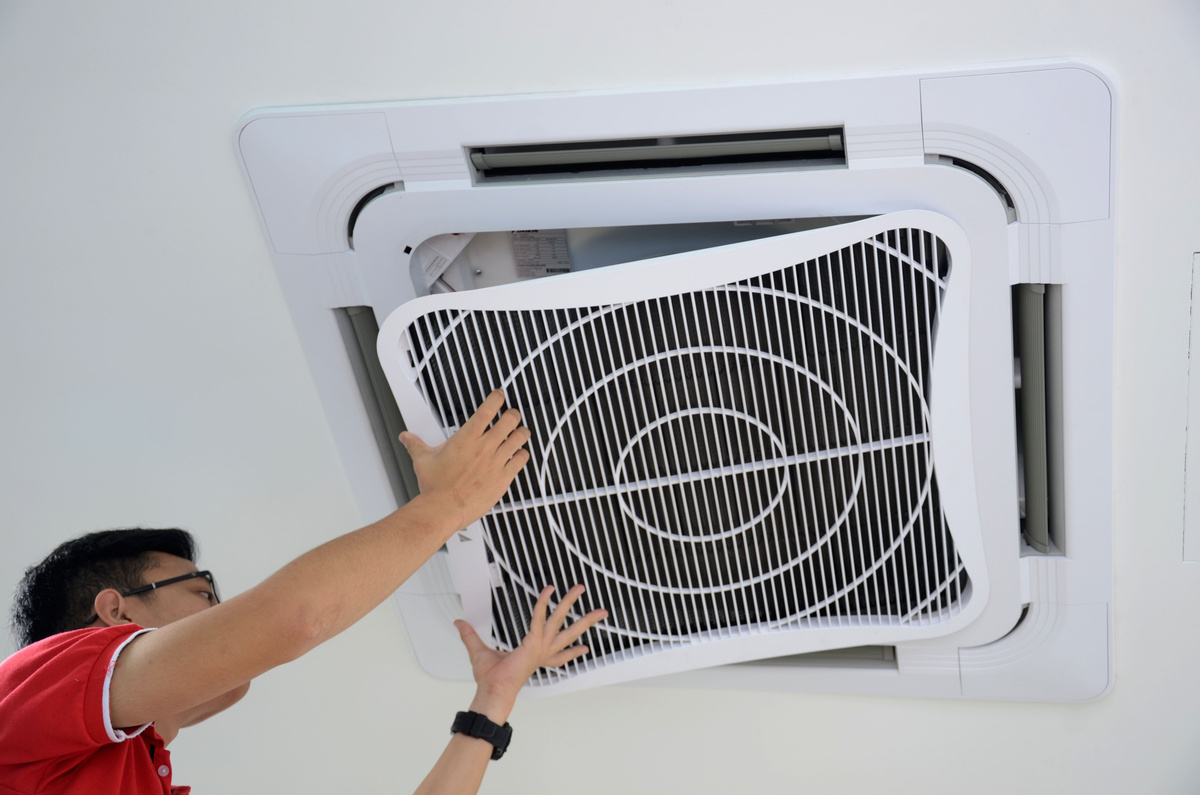Home>Home Maintenance>How Do Portable Air Conditioning Units Work
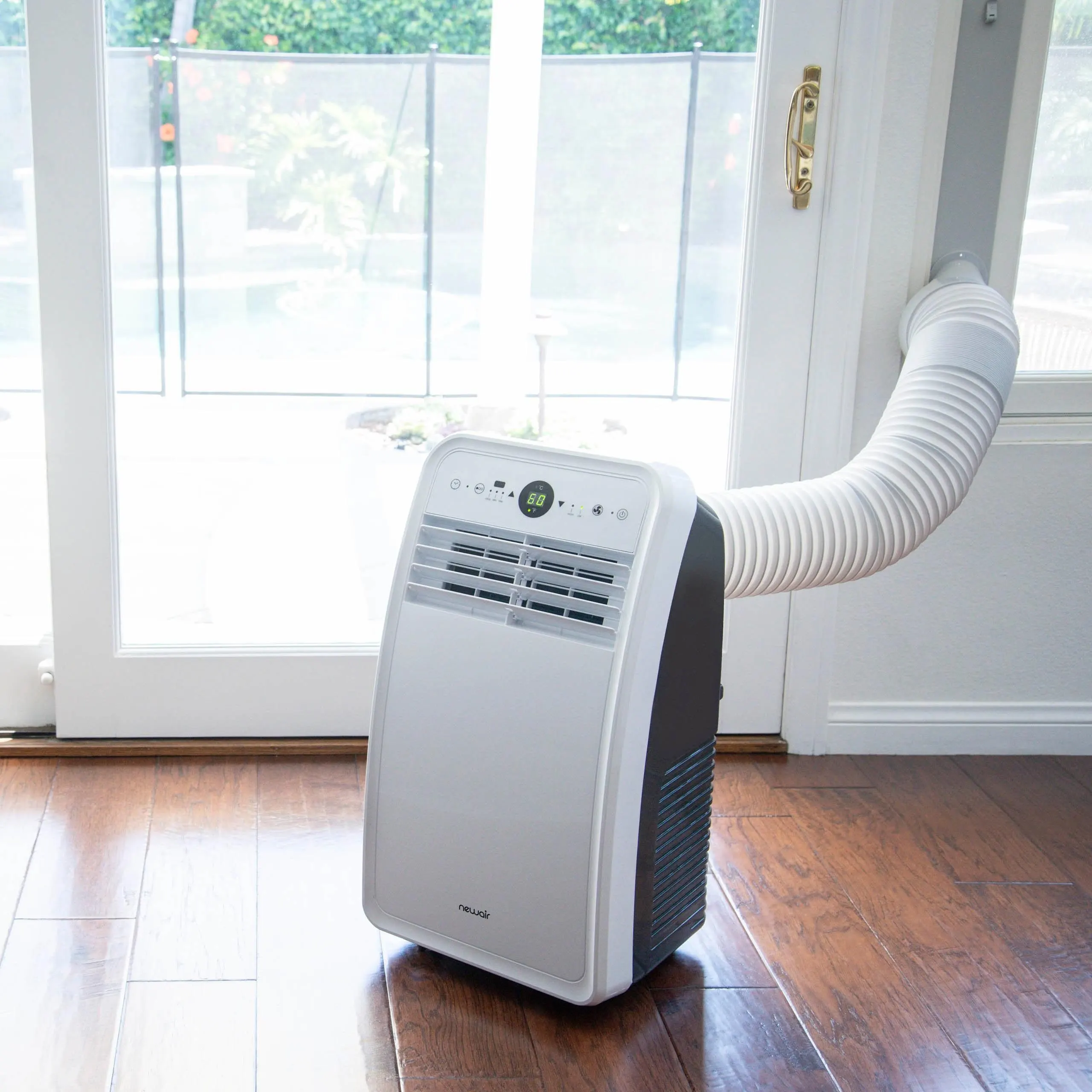

Home Maintenance
How Do Portable Air Conditioning Units Work
Modified: October 20, 2024
Discover how portable air conditioning units work and keep your home cool with this informative guide on home maintenance.
(Many of the links in this article redirect to a specific reviewed product. Your purchase of these products through affiliate links helps to generate commission for Storables.com, at no extra cost. Learn more)
Introduction
Welcome to the world of portable air conditioning units, where comfort and convenience go hand in hand. Whether you live in a home without central air conditioning or just want an extra cooling solution for specific rooms, portable AC units have become an increasingly popular choice for homeowners. With easy installation and the ability to cool small to medium-sized spaces efficiently, these units provide a flexible and cost-effective cooling solution.
In this article, we will delve into how portable air conditioning units work, exploring their basic components, cooling process, energy efficiency, and maintenance requirements. By understanding the inner workings of these units, you’ll be better equipped to choose the right one for your needs and keep it running smoothly.
So, let’s jump in and uncover the secrets behind portable air conditioning units!
Key Takeaways:
- Portable air conditioning units work by cooling and dehumidifying the air through a process of evaporative cooling, expelling heat through an exhaust hose, and collecting condensate to create a comfortable indoor environment.
- To keep your portable air conditioning unit running smoothly, regularly clean or replace the air filter, inspect and clean the evaporator and condenser coils, ensure proper ventilation, manage condensate, and maintain proper seals and insulation.
Read more: How Do Portable AC Units Work
Basic Components of Portable Air Conditioning Units
To understand how portable air conditioning units work, it’s important to familiarize yourself with their basic components. While the exact design may vary from model to model, most portable AC units have the following key components:
- Compressor: The compressor is the heart of the unit. It pressurizes and circulates the refrigerant, which is responsible for absorbing and releasing heat.
- Evaporator Coil: This component is responsible for cooling the air. As the refrigerant passes through the evaporator coil, it absorbs heat from the room, resulting in cooler air being released.
- Condenser Coil: The condenser coil is located outside the unit and is responsible for releasing the heat absorbed from the room by the refrigerant. It plays a crucial role in the overall cooling process.
- Expansion Valve: The expansion valve regulates the flow of refrigerant into the evaporator coil. It reduces the pressure of the refrigerant, allowing it to rapidly evaporate and absorb heat, thus cooling the air.
- Air Filter: The air filter captures dust, allergens, and other airborne particles, improving indoor air quality. Regular cleaning or replacement of the air filter is essential for maintaining optimum performance.
- Fan: The fan is responsible for circulating the cooled air throughout the room. It helps to distribute the cold air evenly and improves the overall efficiency of the unit.
- Control Panel: The control panel allows you to adjust settings such as temperature, fan speed, and mode. Some units also have additional features like timers and remote control functionality.
These components work together to create a comfortable indoor environment by cooling the air and removing excess humidity. Understanding how each part plays a role in the cooling process will help you troubleshoot any issues and make informed decisions when purchasing a portable air conditioning unit.
Evaporative Cooling Process
One of the key mechanisms behind the operation of portable air conditioning units is the evaporative cooling process. This process involves the conversion of liquid refrigerant into a gas, which absorbs heat from the surrounding air, resulting in cooler temperatures.
When the unit is turned on, the compressor pressurizes the refrigerant, usually a chemical compound known as a hydrofluorocarbon (HFC), transforming it into a high-pressure gas. This gas is then circulated through the condenser coil located outside the unit. As the hot gas passes through the condenser coil, it dissipates heat and becomes a high-pressure liquid.
Next, the high-pressure liquid refrigerant flows through the expansion valve, where its pressure is suddenly reduced. This reduction in pressure causes the refrigerant to rapidly evaporate into a gas. As it evaporates, it absorbs heat from the surrounding air and becomes much colder.
The newly formed cold gas then flows into the evaporator coil, which is located inside the unit. As warm air from the room passes over the evaporator coil, the cold refrigerant absorbs the heat from the air, cooling it in the process. The cooled air is then blown back into the room by the unit’s fan, providing a refreshing and comfortable environment.
Meanwhile, the absorbed heat from the air causes the refrigerant to transform back into a high-pressure gas. This gas is then compressed by the compressor, and the cycle continues.
The evaporative cooling process is not only efficient but also helps to remove excess humidity from the air. As the warm air passes over the cold evaporator coil, moisture in the air condenses on the coil, effectively dehumidifying the room.
It’s important to note that this evaporative cooling process requires a constant supply of fresh air from outside the unit. Portable air conditioning units are equipped with an exhaust hose that must be vented through a window or a designated opening. This allows the hot air from the condenser coil to be expelled outside, ensuring the efficient operation of the unit.
Understanding the evaporative cooling process is essential for maximizing the performance of your portable air conditioning unit and maintaining a comfortable indoor climate.
Condensation and Dehumidification
In addition to cooling the air, portable air conditioning units also play a vital role in dehumidifying your space. Excessive humidity can make a room feel sticky and uncomfortable, but fortunately, portable AC units have a built-in mechanism to address this issue.
As mentioned earlier, the evaporator coil in the unit cools the air by absorbing heat. When warm air from the room comes into contact with the cold evaporator coil, moisture in the air condenses on the coil’s surface. This condensation process helps to remove excess moisture from the air, effectively reducing humidity levels.
The condensed moisture, referred to as condensate, drips down from the evaporator coil and is collected in a drain pan or reservoir inside the unit. Some portable AC units are equipped with a self-evaporating feature, where the condensed moisture is directed back into the system and used to cool the condenser coil, increasing energy efficiency.
In cases where the unit does not have a self-evaporating feature, you may need to manually empty the drain pan or reservoir to prevent overflow. Regularly checking and emptying the collected condensate ensures that the unit continues to operate efficiently and prevents any water damage to the unit or surrounding area.
It’s worth noting that the dehumidification capacity of a portable AC unit can vary depending on the model and its specifications. If you live in an area with high humidity levels, consider choosing a unit with a higher dehumidification capacity to effectively control humidity levels in your space.
By combining cooling and dehumidification capabilities, portable air conditioning units create a more comfortable and healthier indoor environment, free from excessive humidity.
Heat Exhaust
While portable air conditioning units work to cool the air inside your space, they also generate heat as a byproduct of the cooling process. This excess heat must be properly exhausted to maintain the efficiency and functionality of the unit.
Portable AC units typically come with an exhaust hose or duct that is connected to the back or side of the unit. This hose is designed to carry the hot air generated during the cooling process and expel it outside through a window, door, or other designated opening. It’s important to ensure that the hose is properly secured and tightly fitted to both the unit and the exhaust opening to prevent hot air from seeping back into the room.
By expelling the hot air outside, the exhaust hose ensures that the cooling process is not hindered. If the hot air is not effectively removed, it can lead to decreased cooling performance and a rise in indoor temperatures, defeating the purpose of the portable AC unit.
When positioning the unit and setting up the exhaust hose, it’s crucial to consider the shortest and most direct route for venting the hot air. Avoid any unnecessary twists or bends in the hose, as this can restrict airflow and reduce the unit’s efficiency. Also, make sure that the exhaust opening is free from obstructions, such as curtains or furniture, to allow for proper air circulation.
Some portable AC units may also have a built-in condensate pump, which is responsible for expelling the excess condensate or collected moisture. This pump helps to remove the condensate efficiently, minimizing the need for manual draining. However, it’s important to check the manufacturer’s instructions and ensure that the condensate pump is properly maintained to prevent any potential water leakage or damage.
By properly managing heat exhaust and ensuring efficient ventilation, you can optimize the performance of your portable air conditioning unit and maintain a comfortable and cool indoor environment.
Portable air conditioning units work by taking in warm air from the room, passing it over cooling coils filled with refrigerant, and then blowing the cooled air back into the room while expelling the warm air outside through a hose. Regular maintenance, such as cleaning or replacing filters, can help keep the unit running efficiently.
Read more: How Vehicle Air Conditioning Works
Power and Energy Efficiency
When it comes to portable air conditioning units, power consumption and energy efficiency are important factors to consider. These units provide convenient cooling solutions, but they do require electricity to operate. Understanding their power requirements and energy efficiency can help you make informed decisions and minimize energy consumption.
The power consumption of a portable AC unit is measured in British Thermal Units (BTUs) or watts. BTUs indicate the cooling capacity of the unit, while watts indicate the amount of power it requires to operate. The higher the BTU rating, the more cooling power the unit has, but it may also consume more energy.
Energy efficiency is measured by the unit’s Energy Efficiency Ratio (EER) or Seasonal Energy Efficiency Ratio (SEER). These ratios compare the cooling output of the unit to the amount of power it consumes. The higher the EER or SEER rating, the more energy-efficient the unit is, meaning it provides more cooling output for every unit of energy consumed.
It’s essential to choose a portable AC unit with an optimum balance between cooling power and energy efficiency. A unit that is too powerful for your space may consume more energy than necessary, while a unit that is too small may run continuously and struggle to cool the room effectively.
In addition to selecting the right size and capacity, there are other energy-saving features to look for in portable AC units. Look for units with programmable timers that allow you to schedule when the unit operates, ensuring it only runs when needed. Some units also have sleep modes that adjust the cooling and fan speed to reduce energy consumption during nighttime use.
Proper installation and insulation can also contribute to energy efficiency. Make sure to seal any gaps or cracks around windows and doors to prevent warm air from entering the space, forcing the unit to work harder to cool the room.
Regular maintenance is important for optimal energy efficiency as well. Keep the air filters clean and free from dust and debris, as clogged filters can restrict airflow and decrease the unit’s efficiency. Additionally, check the insulation on the exhaust hose and ensure it is not damaged or leaking, as this can also impact energy efficiency.
By selecting an appropriately sized unit, utilizing energy-saving features, and maintaining your portable AC unit, you can maximize its energy efficiency and minimize the impact on your electricity consumption.
Benefits and Limitations of Portable Air Conditioning Units
Portable air conditioning units offer several benefits that make them a popular choice for cooling specific areas or rooms. However, it’s important to consider their limitations as well to make an informed decision before purchasing one.
Let’s start with the benefits:
- Portability: As their name suggests, portable AC units are designed to be moved easily from one location to another. This flexibility allows you to cool different rooms as needed without the hassle of complex installation or ductwork.
- Easy Installation: Compared to traditional central air conditioning systems, portable AC units are remarkably easy to install. Most units come with a window kit that includes an exhaust hose, allowing you to set up the unit without the need for professional assistance.
- Cost-Effective Solution: Portable AC units are generally more affordable than installing central air conditioning systems. They provide a cost-effective cooling solution, particularly for smaller spaces or for those living in rental properties.
- Energy Efficiency: While energy efficiency can vary among models, many portable AC units are designed to be energy-efficient, helping to reduce energy consumption and minimize utility costs. Look for units with high EER or SEER ratings for improved energy efficiency.
- Ability to Target Specific Areas: Portable AC units allow you to cool specific areas or rooms without wasting energy and resources on cooling the entire house. This targeted cooling helps to create a comfortable environment where you need it the most.
Now, let’s discuss some limitations to consider:
- Cooling Capacity: Portable AC units are best suited for small to medium-sized spaces. If you have a large area or want to cool multiple rooms simultaneously, you may need to invest in multiple units or consider other cooling options.
- Noisy Operation: While many portable AC units are designed to operate quietly, some models may produce noticeable noise. It’s important to consider the noise level, especially if you plan to use the unit in a bedroom or a space where noise sensitivity is important.
- Venting Requirements: Portable AC units require proper venting through an exhaust hose to expel hot air outside. This means you’ll need access to a window, door, or a designated opening for venting. Not having a suitable venting option can limit the effectiveness of the unit.
- Limited Cooling Range: Portable AC units are most effective in the immediate vicinity of the unit. The cooling range may vary based on the unit’s BTU rating and other factors. They may not be as effective in larger open spaces or areas with poor insulation.
- Water Management: Portable AC units generate condensate that needs to be collected and drained or evaporated. It’s important to properly manage the condensate to avoid water damage or excessive maintenance.
By weighing the benefits against the limitations, you can determine if a portable air conditioning unit is the right cooling solution for your specific needs and circumstances.
Maintenance and Care Instructions
Proper maintenance and care are crucial to ensure the longevity and optimal performance of your portable air conditioning unit. By following these maintenance instructions, you can keep your unit running smoothly and efficiently:
- Regularly Clean or Replace the Air Filter: The air filter is responsible for capturing dust, allergens, and other airborne particles. Over time, the filter can become clogged, restricting airflow and reducing the unit’s efficiency. Clean or replace the air filter according to the manufacturer’s instructions, typically every few weeks or months, depending on use and air quality.
- Check and Clean the Evaporator and Condenser Coils: Over time, the evaporator and condenser coils may accumulate dust and debris, hindering their ability to transfer heat effectively. Inspect the coils periodically and clean them if necessary. Use a soft brush or vacuum cleaner to remove any dirt or debris. Be cautious and follow the manufacturer’s instructions to avoid damaging the delicate fins on the coils.
- Ensure Proper Ventilation: The exhaust hose of your portable AC unit must be properly installed and vented to expel hot air outside. Regularly check the connection between the hose and the unit, as well as the window or opening where the hose is vented. Make sure there are no leaks, obstructions, or gaps that could hinder the airflow or allow warm air to enter the room.
- Monitor and Manage Condensate: Depending on the unit, condensate may collect in a drain pan or reservoir. Empty the drain pan regularly to prevent overflow. If your unit has a self-evaporating feature, ensure that it is functioning properly. If manual draining is required, follow the manufacturer’s instructions and dispose of the condensate safely according to local regulations.
- Inspect and Maintain Seals and Insulation: Properly seal and insulate the area around the unit’s exhaust hose and window panel to prevent air leaks. Check the seals periodically and replace any damaged or worn-out insulation to maintain maximum efficiency.
- Store Properly: If you plan to store the portable AC unit when not in use, ensure it is cleaned and completely dry. Store it in a cool, dry place, and cover it to protect it from dust and other debris that can accumulate during storage.
- Refer to the Manufacturer’s Instructions: Each portable AC unit may have specific maintenance requirements and recommendations. Always refer to the manufacturer’s instructions for your particular model and follow their guidelines to ensure proper maintenance and care.
By incorporating these maintenance practices into your routine, you can prolong the lifespan of your portable air conditioning unit, improve its performance, and prevent common issues that may arise from neglecting proper care.
Conclusion
Portable air conditioning units offer a convenient and cost-effective solution for cooling specific areas or rooms in your home. Understanding how these units work and how to properly maintain them can help you make the most of their cooling capabilities and prolong their lifespan.
We explored the basic components of portable AC units, including the compressor, evaporator coil, condenser coil, expansion valve, air filter, fan, and control panel. These components work together to cool the air and create a comfortable indoor environment.
The evaporative cooling process, powered by the compressor and refrigerant, allows the unit to absorb heat from the air and release it outside through the condenser coil. This process not only cools the air but also helps to dehumidify the space, creating a more pleasant and comfortable atmosphere.
The heat generated during the cooling process is expelled through the exhaust hose, which must be properly vented outside to maintain efficient operation. Additionally, we discussed the importance of power and energy efficiency, as well as the benefits and limitations of portable AC units.
To ensure the longevity and optimal performance of your portable AC unit, regular maintenance and care are essential. This includes cleaning or replacing the air filter, inspecting and cleaning the evaporator and condenser coils, ensuring proper ventilation, managing condensate, and maintaining proper seals and insulation. Following these maintenance instructions will help keep your unit running smoothly and efficiently.
In conclusion, portable air conditioning units offer a flexible and convenient cooling solution for homes without central AC or for specific rooms in need of additional cooling. By understanding their components, cooling process, and maintenance requirements, you can make informed decisions when selecting and utilizing these units, ensuring a comfortable and enjoyable indoor environment during the hot summer months.
Frequently Asked Questions about How Do Portable Air Conditioning Units Work
Was this page helpful?
At Storables.com, we guarantee accurate and reliable information. Our content, validated by Expert Board Contributors, is crafted following stringent Editorial Policies. We're committed to providing you with well-researched, expert-backed insights for all your informational needs.
